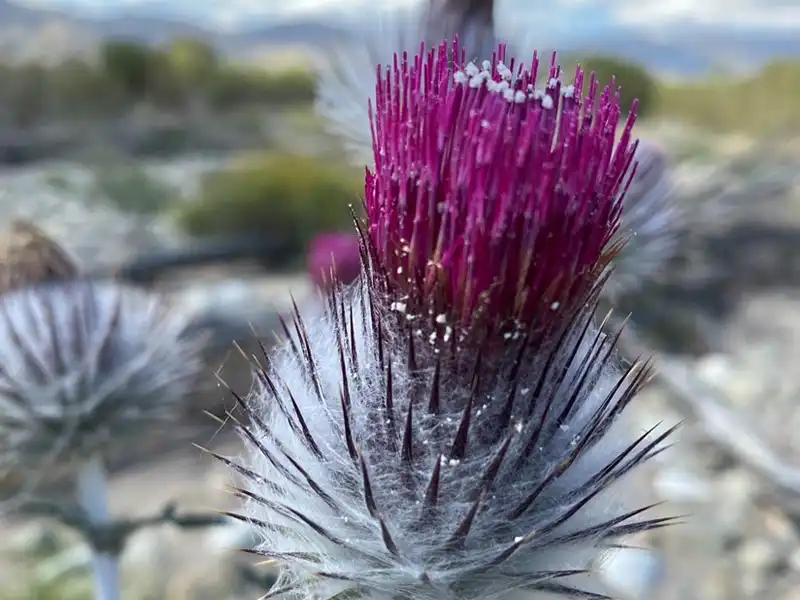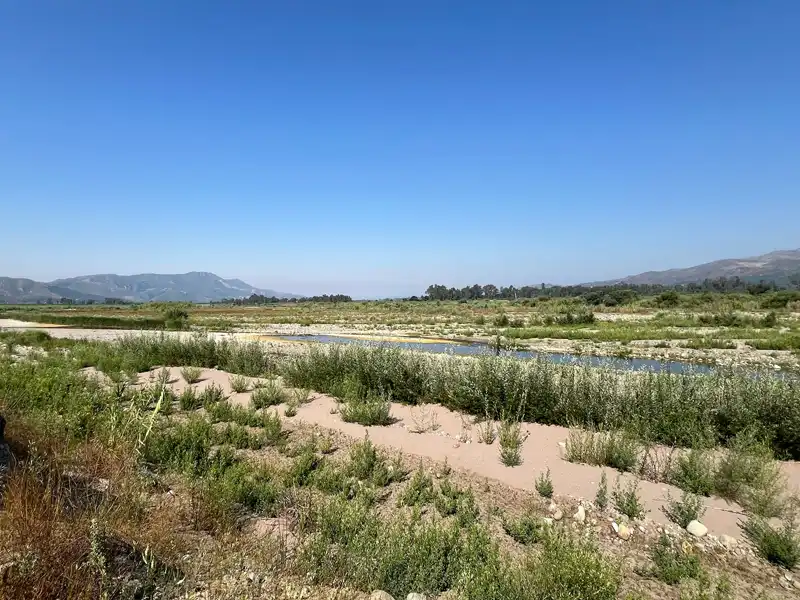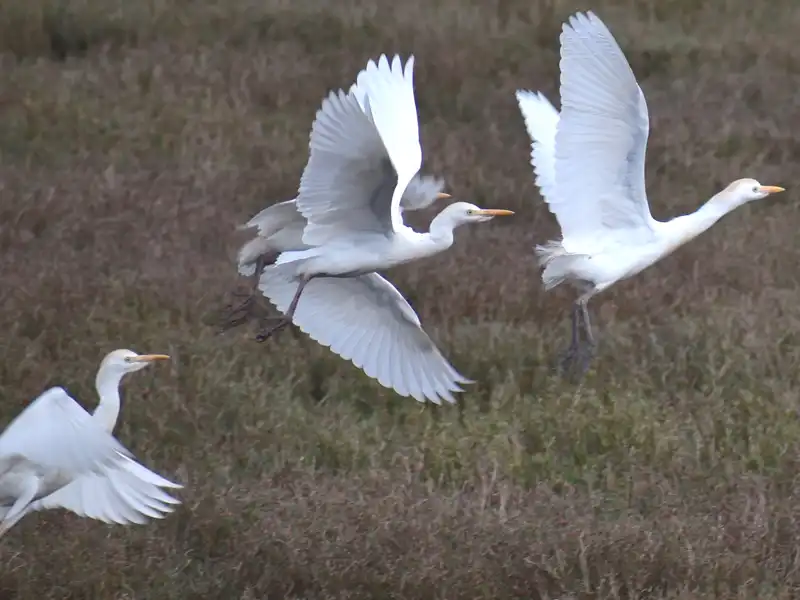Mitigation banking is the preservation, enhancement, restoration, or creation of a natural habitat to compensate for environmental losses elsewhere, especially those impacting streams, wetlands, or habitats for protected species. In a mitigation bank, restored or preserved lands earn “credits” that can be sold to developers or organizations needing to offset the environmental impacts of their infrastructure projects. These credits are typically assessed in acres, functional units, or other standardized methods depending on the quality and type of the mitigation work completed.
The credits generated by mitigation banks are commonly used to offset impacts from projects such as new housing developments, transportation expansions, and other infrastructure activities that negatively affect protected habitats or waterways. By purchasing credits, developers ensure compliance with environmental regulations while contributing to broader conservation efforts.
Rancho Dos Hermanas, LLC, or R2H, is a proposed mitigation bank established with a strong family legacy of land stewardship. Motivated by their respect and connection to the land passed down through their family estate, the Morris sisters aim to preserve their family heritage through positive environmental practices. The R2H Mitigation Bank reflects their commitment to land preservation and biodiversity, setting an example for future generations.
Since 2021, R2H has collaborated with VCS Environmental Consulting Group, a firm experienced in navigating southern California’s environmental requirements, including project entitlements, California Environmental Quality Act (CEQA) compliance, biology, and regulations for jurisdictional waters and wetlands. VCS Environmental has managed the comprehensive process of mitigation bank approval, including the development of draft and final Bank Enabling Instruments, inter-agency coordination, regulatory permitting, CEQA documentation, grading permits, and even credit sales and marketing. Learn more about VCS Environmental at www.vcsenvironmental.com.
The proposed R2H Mitigation Bank spans over 400 acres at the confluence of two vital river systems: the Santa Clara River and Sespe Creek. The Santa Clara River, the largest river system in Southern California still in a natural state, is joined by Sespe Creek, a state-designated wild trout stream that supports significant spawning and rearing habitats for native species.
Once approved, R2H will begin selling credits, embracing a model known as “conservation capitalism.” This approach allows for environmental preservation alongside economic opportunity, making land preservation financially viable while fostering biodiversity.




